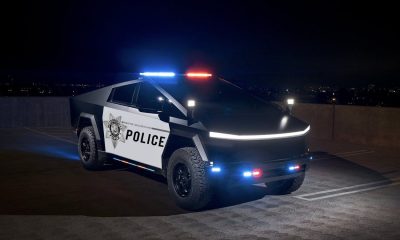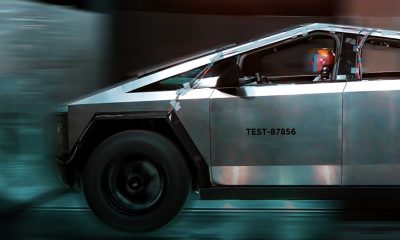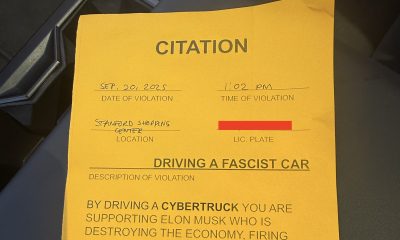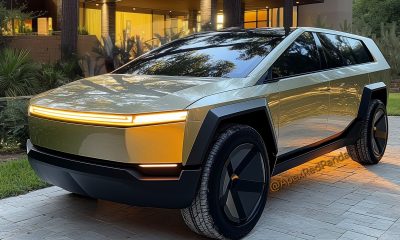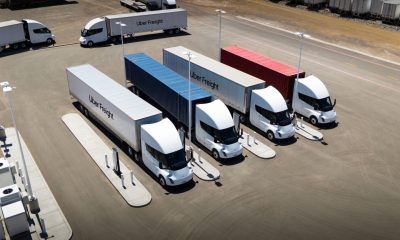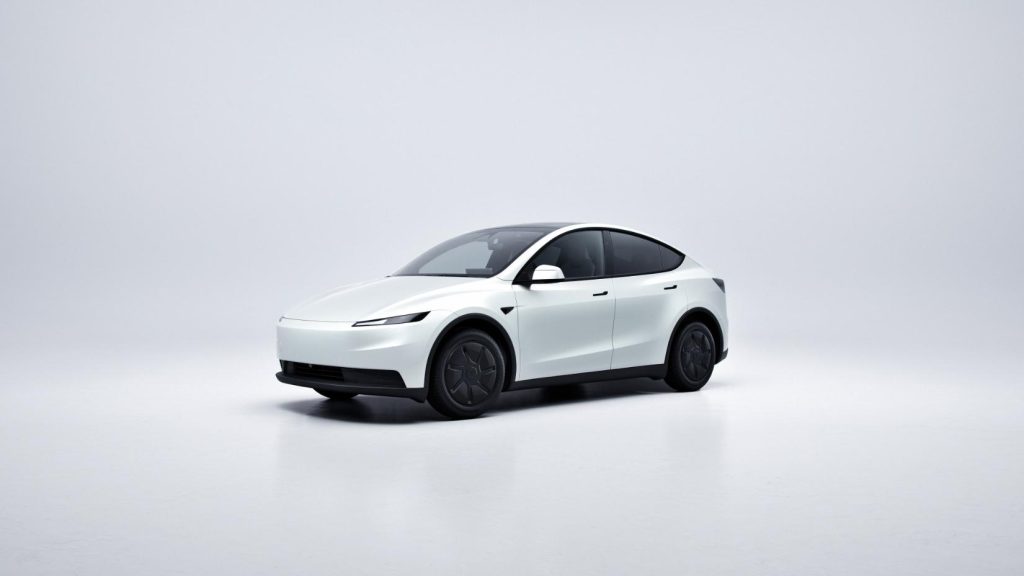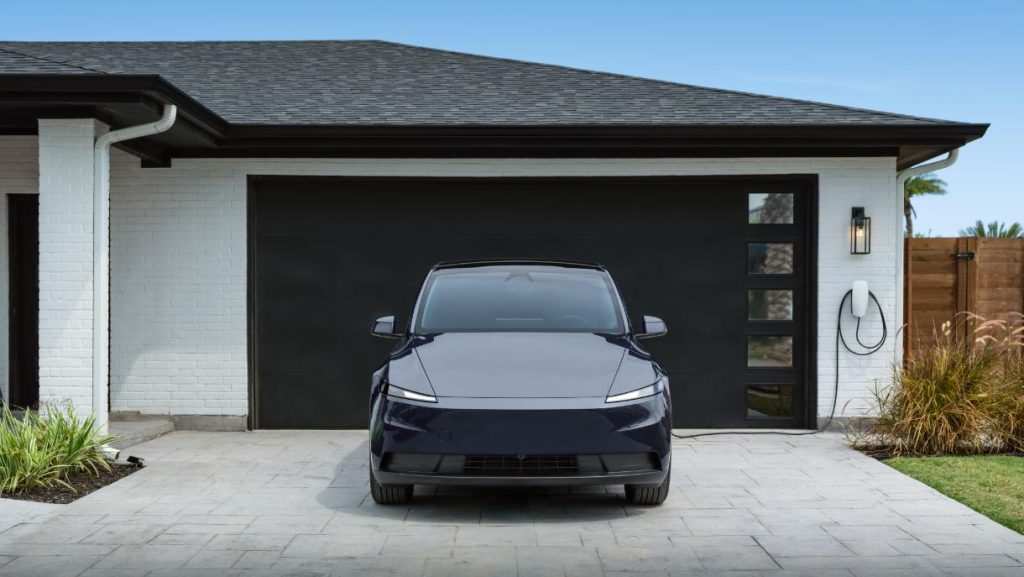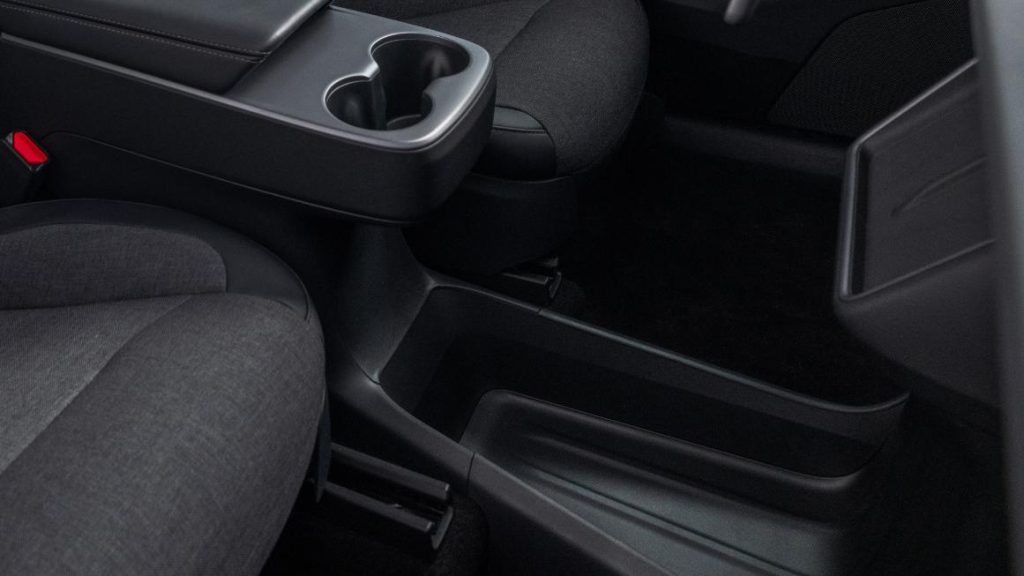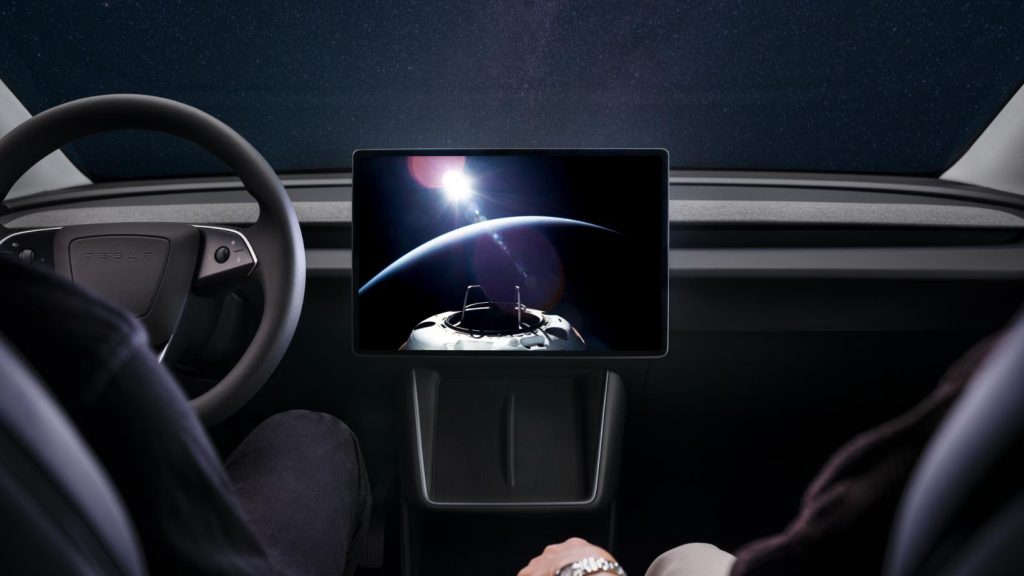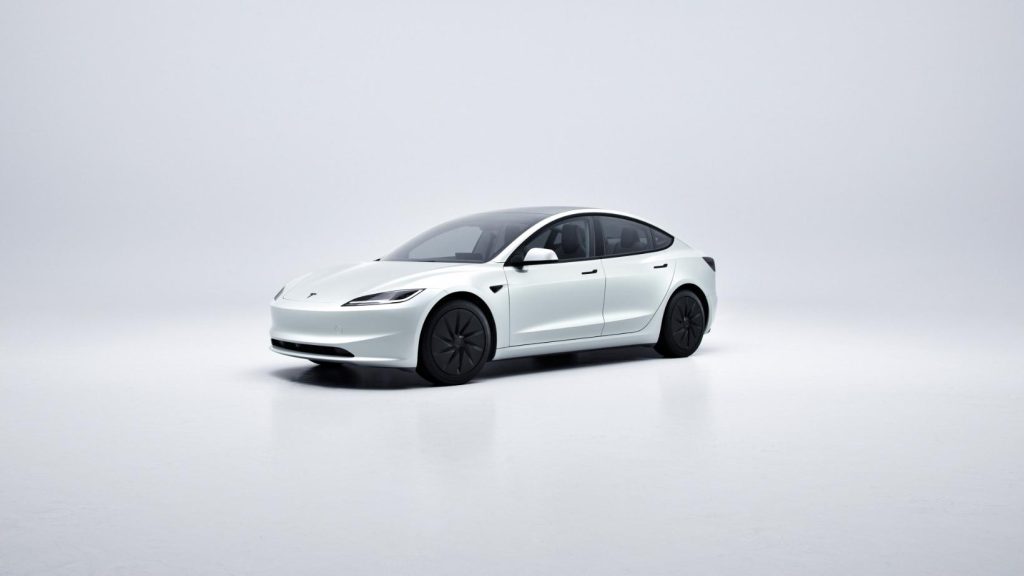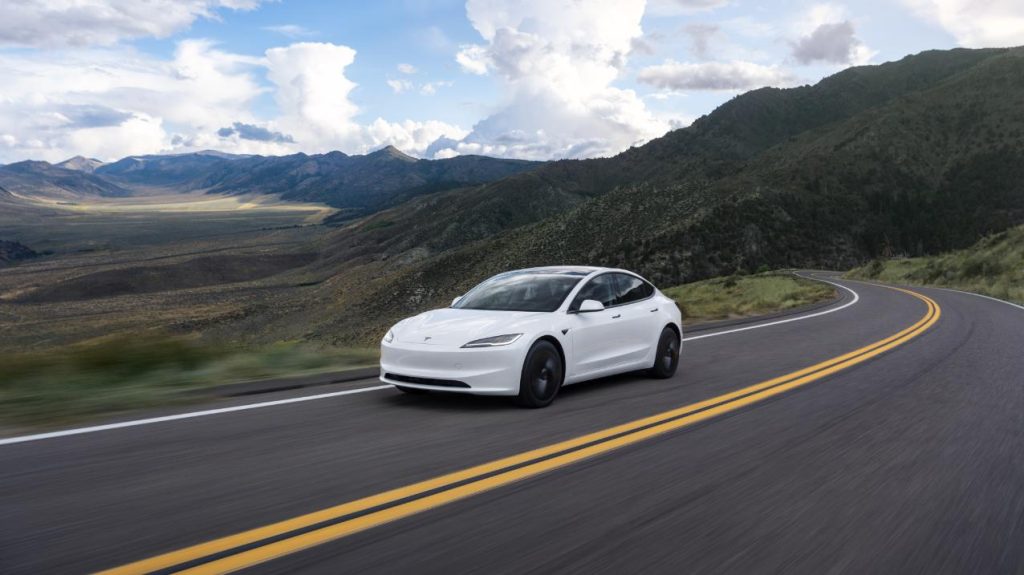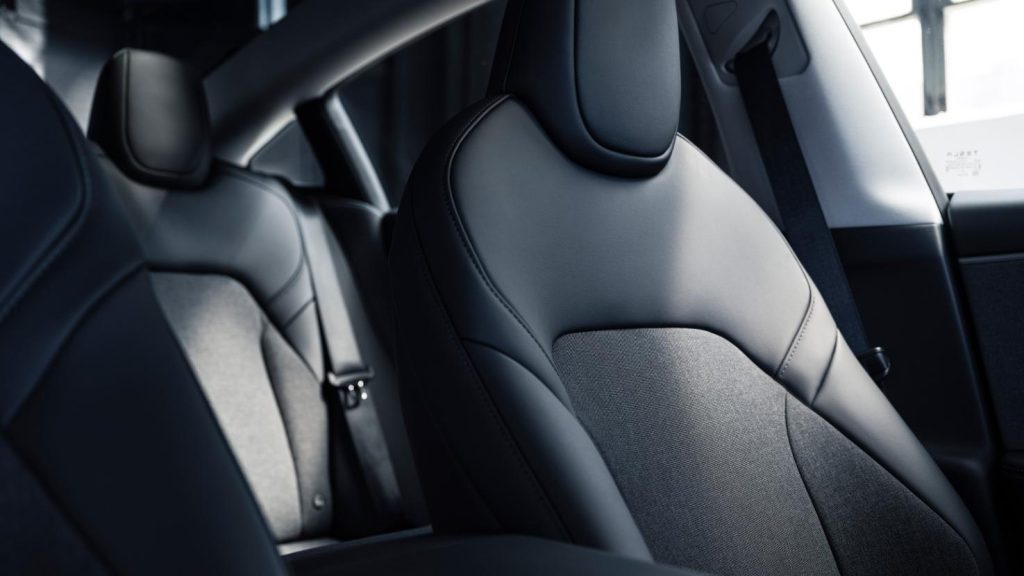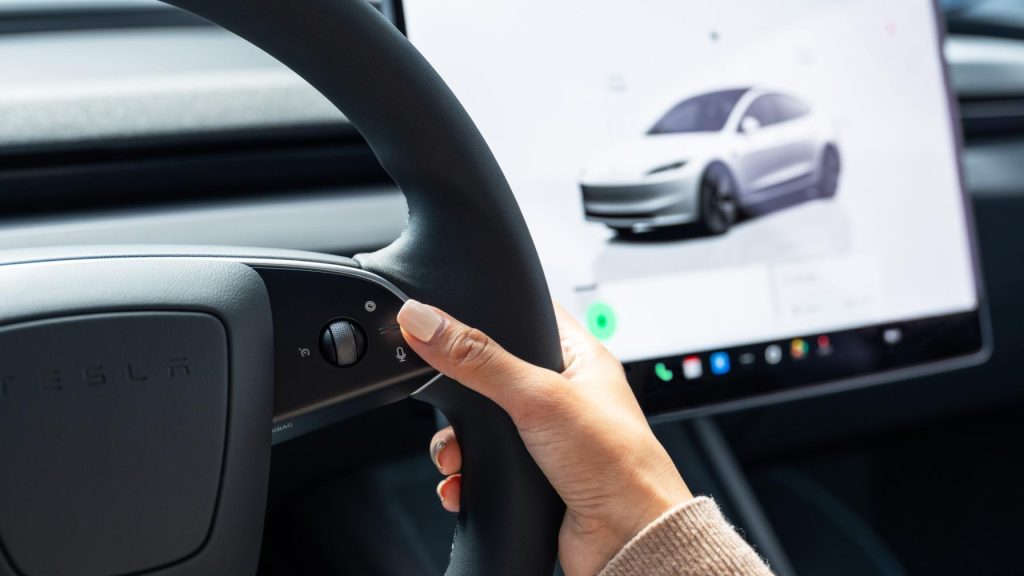News
Tesla co-founder unveils electric garbage truck
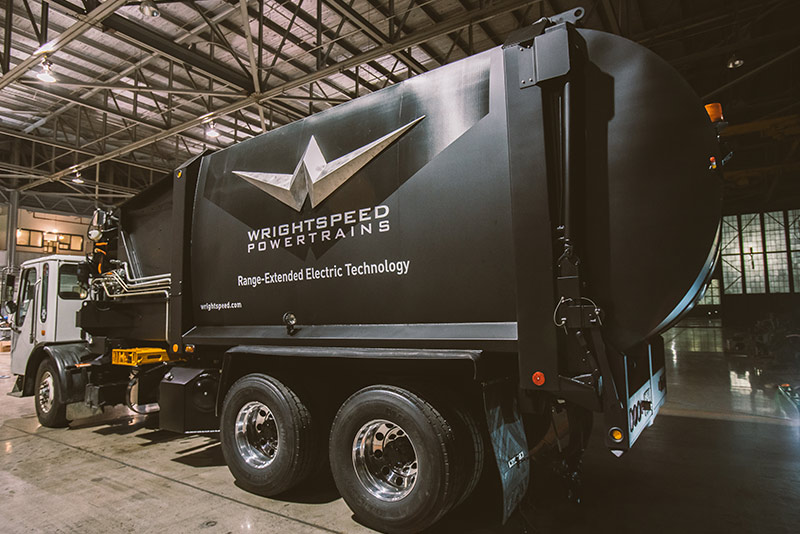
The global transition from combustion engine to all-electric vehicle continues to move into new sectors as Wrightspeed has just released its first fleet of range-extended electric refuse trucks. The powertrain represents a new era in vehicle propulsion, repowering a generation of lighter, quieter, and more efficient vehicle fleets for urban streets.
Wrightspeed’s commercial application of the range-extended, turbine-electric powertrain is the heavy-duty Class 8 Freightliner, which will be delivered to The Ratto Group, a Sonoma County solid waste collection and recycling business. The Class 8 Freightliner is the first of at least fifteen electric vehicles that will be integrated into the trash company’s fleet over the next year, according to Tim Dummer, Wrightspeed’s chief business officer. Dummer, an engineering and commercialization executive, was brought into Wrightspeed in October, 2016 as part of the company’s ramp-up of its Range-extended Electric Vehicle (REV) powertrain systems.
Called The Route™, Wrightspeed’s REV powertrain is optimized for the refuse industry and can be customized to fit a variety of today’s heavy-duty truck platforms, replacing both the engine and the transmission. Much of the growing demand for the award-winning The Route is due to Wrightspeed’s founder, Ian Wright, one of the original co-founders of Tesla Motors. After his departure from Tesla Motors in 2003, Wright had a vision that electric vehicles could deliver high-performance without compromising intrinsic efficiency. Using turbines and applying electric vehicle principles to urban, heavy-duty trucks, The Route powertrain was the result.
The Wrightspeed system can power a 66,000-pound GVW truck, delivering up to 24 miles on battery power before the range extender kicks in. After that, range is nearly unlimited as long as there is fuel for the turbine. With fuel efficiency the equivalent of up to 7 mpg in combined electricity-liquid fuel operation, the powertrain can slash annual fuel consumption by 70 percent or more compared with the average diesel refuse truck. CEO Lou Ratto says he expects a fuel savings of at least 50 percent.
Eventually, all of Ratto’s 130 residential trash and recycling trucks may be retrofitted with the turbine-electric powertrain. This is an ambitious undertaking, as a refuse truck’s demanding duty cycle drains an electric powertrain’s batteries quickly. Think start, then stop. Start, stop. Wrightspeed’s electric powertrain drives more low-end torque to the wheels than conventional diesel engines, with less fuel, emissions, and noise.
Wrightspeed, in a sense, is recycling Ratto’s trash collection trucks. The Wrightspeed/ Ratto contract is thought to be in the range of $3 million to $5 million.
A new refuse truck that meets all California air quality standards costs more than $500,000, so Wrightspeed’s retrofit of Ratto’s existing trucks makes the system more cost-effective, Van Amburg relates. Sonoma County officials like the trash fleet electrification program because they see it as a means of improving local air quality, says Efren Carrillo, chairman of the Sonoma County Board of Supervisors. Ratto concurs. “Here in Sonoma County there is a lot of environmental consciousness, and we are always looking for ways to be cleaner, environmentally friendly, and help the bottom line. And the idea that [by electrifying the trucks] we can do this and get off the air quality rollercoaster and stop battling to meet California emissions requirements— that makes it all worthwhile.”
ALSO SEE: The Tesla Semi will shake the trucking industry to its roots
Wrightspeed featured its powertrain technology alongside Mack Trucks at Waste Expo 2016 in Las Vegas and signed a $30+ million agreement with NZ Bus, symbolizing multinational and multimodal demand for Wrightspeed’s powertrain technology. In June, the company was named a Technology Pioneer by the World Economic Forum (WEF), and CEO Wright was an invited presenter to the International Business Council of the World Economic Forum. He will be a keynote speaker at the upcoming SAE 2016 Range Extenders for Electric Vehicles Symposium in Knoxville, 2-3 November, 2016.
News
Tesla Cybertruck gets Full Self-Driving v14 release date, sort of
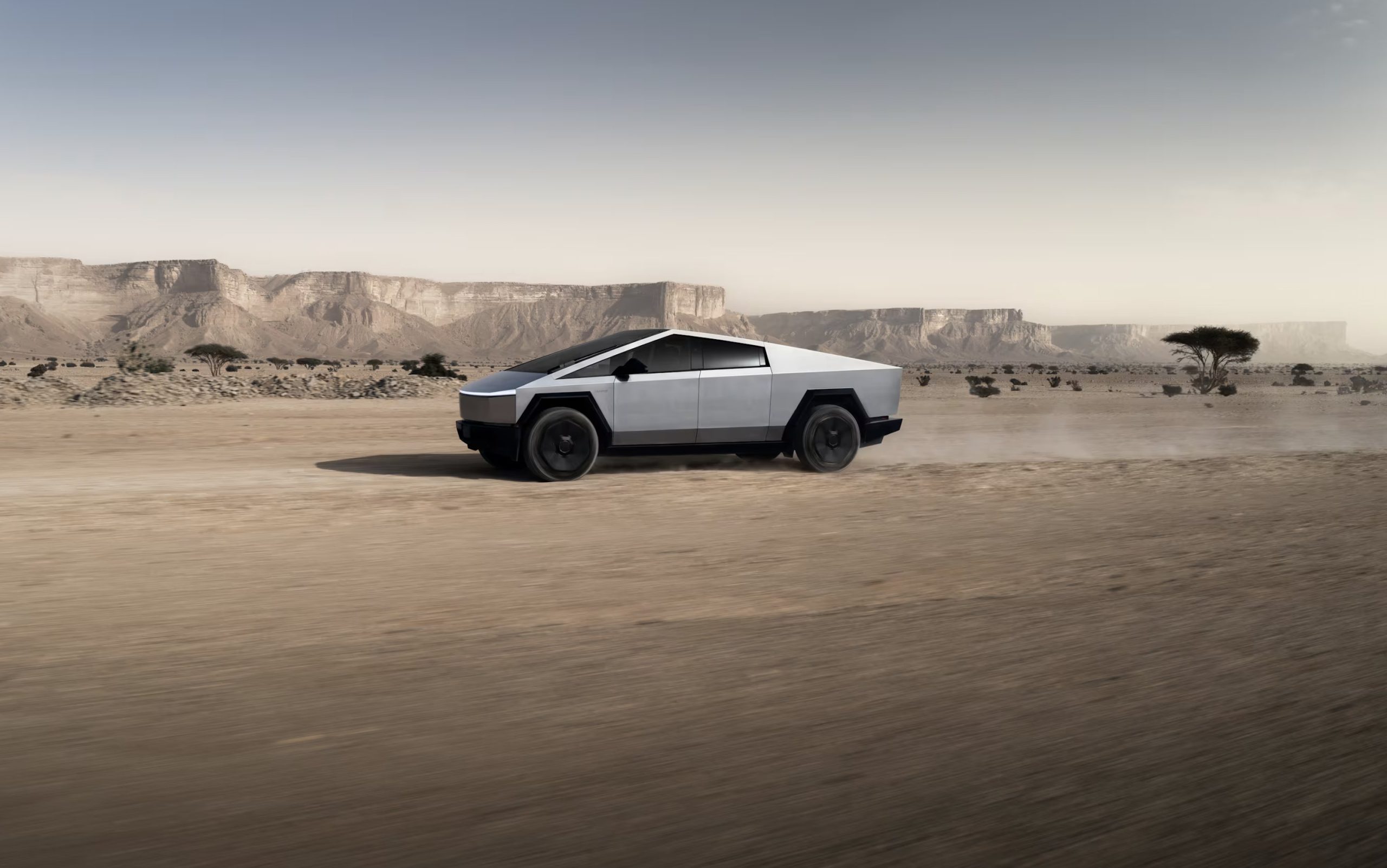
Tesla Cybertruck owners are wondering when they will get access to the company’s Full Self-Driving version 14.1 that rolled out to other owners today for the first time.
Cybertruck owners typically receive Full Self-Driving updates slightly later than other drivers, as the process for the all-electric pickup is different. It is a larger vehicle that requires some additional attention from Tesla before FSD versions are rolled out, so they will be slightly delayed. CEO Elon Musk said the all-wheel steering technically requires a bit more attention before rollout as well.
The all-wheel steering of Cybertruck requires a bit more Autopilot training
— Elon Musk (@elonmusk) October 7, 2025
After some owners got access to the v14.1 Full Self-Driving suite this morning, Cybertruck owners sought out a potential timeframe for when they would be able to experience things for themselves.
Tesla owners show off improvements with new Full Self-Driving v14 rollout
They were able to get an answer from Ashok Elluswamy, Tesla’s Head of AI, who said:
“We got you. Coming soon.”
We got you. Coming soon.
— Ashok Elluswamy (@aelluswamy) October 7, 2025
The release of FSD v14.1 for Cybertruck will not be tempered, either. Elluswamy then confirmed that Tesla would be rolling out the full-featured FSD v14 for the pickup, meaning it would be able to reverse and park itself, among other features.
Elluswamy said it would be capable of these features, which were void in other FSD releases for Cybertruck in the past.
Tesla’s rollout of FSD v14.1 brings several extremely notable changes and improvements to the suite, including more refined operation in parking garages, a new ability to choose parking preferences upon arriving at your destination, a new driving mode called “Sloth,” which is even more reserved than “Chill,” and general operational improvements.
Those who were lucky enough to receive the suite have already started showing off the improvements, and they definitely seem to be a step up from what v13’s more recent versions were capable of.
CEO Elon Musk called v14 “sentient” a few weeks back, and it seems that it is moving toward that. However, he did state that additional releases with more capabilities would be available in the coming weeks, but many owners are still waiting for this first version.
News
Tesla launches two new affordable models with ‘Standard’ Model 3, Y offerings
It is the first time Tesla has revealed any details about what it planned to launch in terms of its new, lower-cost vehicles, which are mainly aimed at countering the loss of the $7,500 EV tax credit.
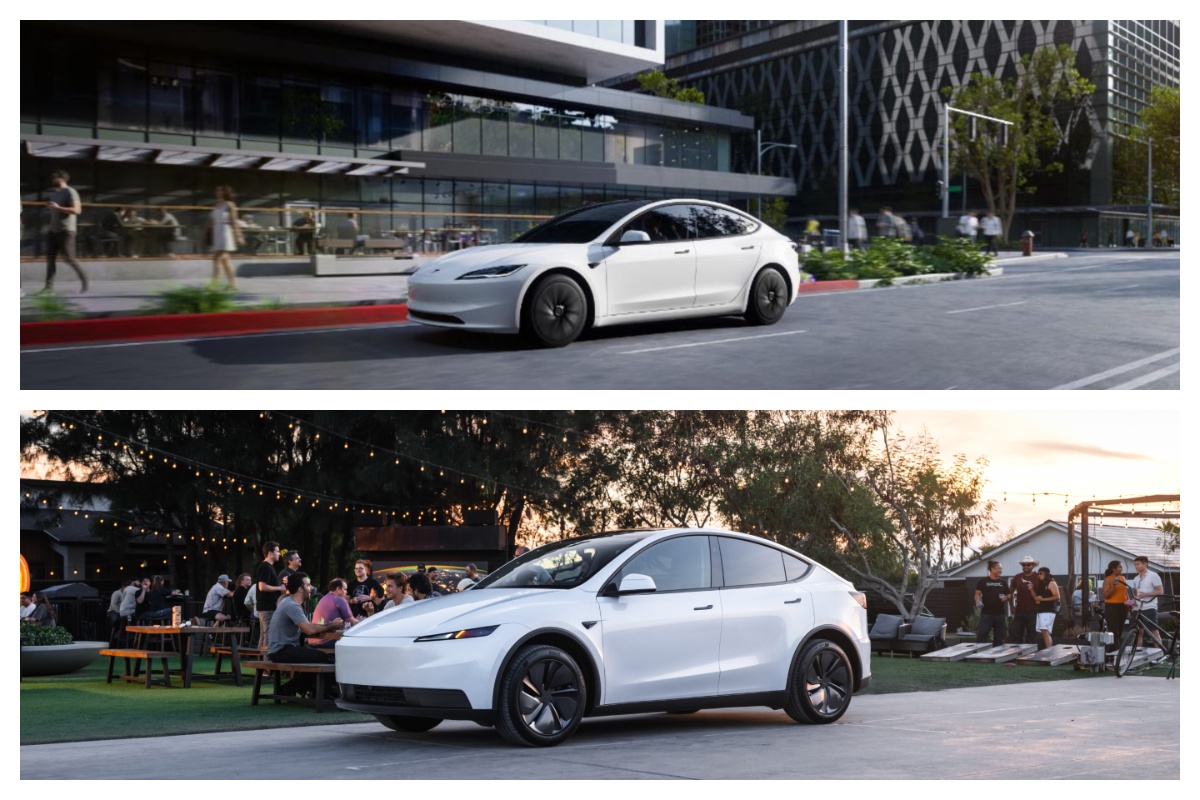
Tesla has officially launched its affordable models with the new Model 3 and Model Y ‘Standard’ versions hitting the company’s Online Design Studio on Tuesday.
It is the first time Tesla has revealed any details about what it planned to launch in terms of its new, lower-cost vehicles, which are mainly aimed at countering the loss of the $7,500 EV tax credit.
Here’s what Tesla went with for its release of the new affordable models.
Tesla Model Y ‘Standard’
The Model Y Standard is a stripped-down version of the all-electric crossover and starts at $39,990.
- Credit: Tesla
- Credit: Tesla
- Credit: Tesla
- Credit: Tesla
Deliveries are slated for November and December, the company says if you plan to order one, and it comes with a few major changes to improve efficiency and bring down cost for owners.
- New athletically tuned exterior and new alloy wheels to improve aerodynamics
- 15.4″ touchscreen in the front, the same as the other trims
- Available in three colors: Stealth Grey (free), White ($1,oo0 extra), Diamond Black ($1,500 extra)
- Textile and vegan leather interior
- Range sits at 321 miles
- New front fascia
- Covered glass roof (textile on inside)
- Windows are not acoustically laminated for a quieter cabin
- Manual mirrors and seats
- Smaller frunk
- No rear infotainment screen
- No basic Autopilot
- 69 kWh battery
- New 19″ Aperture wheels
- 0-60 MPH in 6.8 seconds
- 7 speaker stereo, down from 15 speakers in premium models
🚨 BREAKING: Tesla has launched the new Model Y ‘Standard’ for $39,990
Here’s what’s new: 🧵 pic.twitter.com/ILxbEsEniX
— TESLARATI (@Teslarati) October 7, 2025
Tesla Model 3 ‘Standard’
The Model 3 Standard was a surprise offering from Tesla, as many had only anticipated the company to refine and offer a more affordable version of the Model Y.
Coming in at $36,990, it features many of the same changes Tesla made with the Model Y “Standard,” all ways to improve price and make it less flashy than the more premium offerings.
Deliveries are also slated for November for this vehicle, and it features relatively the same stripped-down offerings as the Model Y Standard.
- Available in three colors: Stealth Grey (free), White ($1,oo0 extra), Diamond Black ($1,500 extra)
- Textile and vegan leather interior
- Range sits at 321 miles
- Covered glass roof (textile on inside)
- Manual mirrors and seats
- No rear infotainment screen
- No basic Autopilot
- 69 kWh battery
- New 19″ Aperture wheels
- 0-60 MPH in 6.8 seconds
- 7 speaker stereo, down from 15 speakers in premium models
@teslarati 🚨 Tesla’s Affordable Models are here! Let’s talk about them! #tesla #fyp #viral #teslaev #elonmusk ♬ Natural Emotions – Muspace Lofi
Elon Musk
Tesla owners show off improvements with new Full Self-Driving v14 rollout
Some of the big things that Tesla faced head-on with the development and release of v14 were navigating in parking garages and handling parking after arriving at a destination.
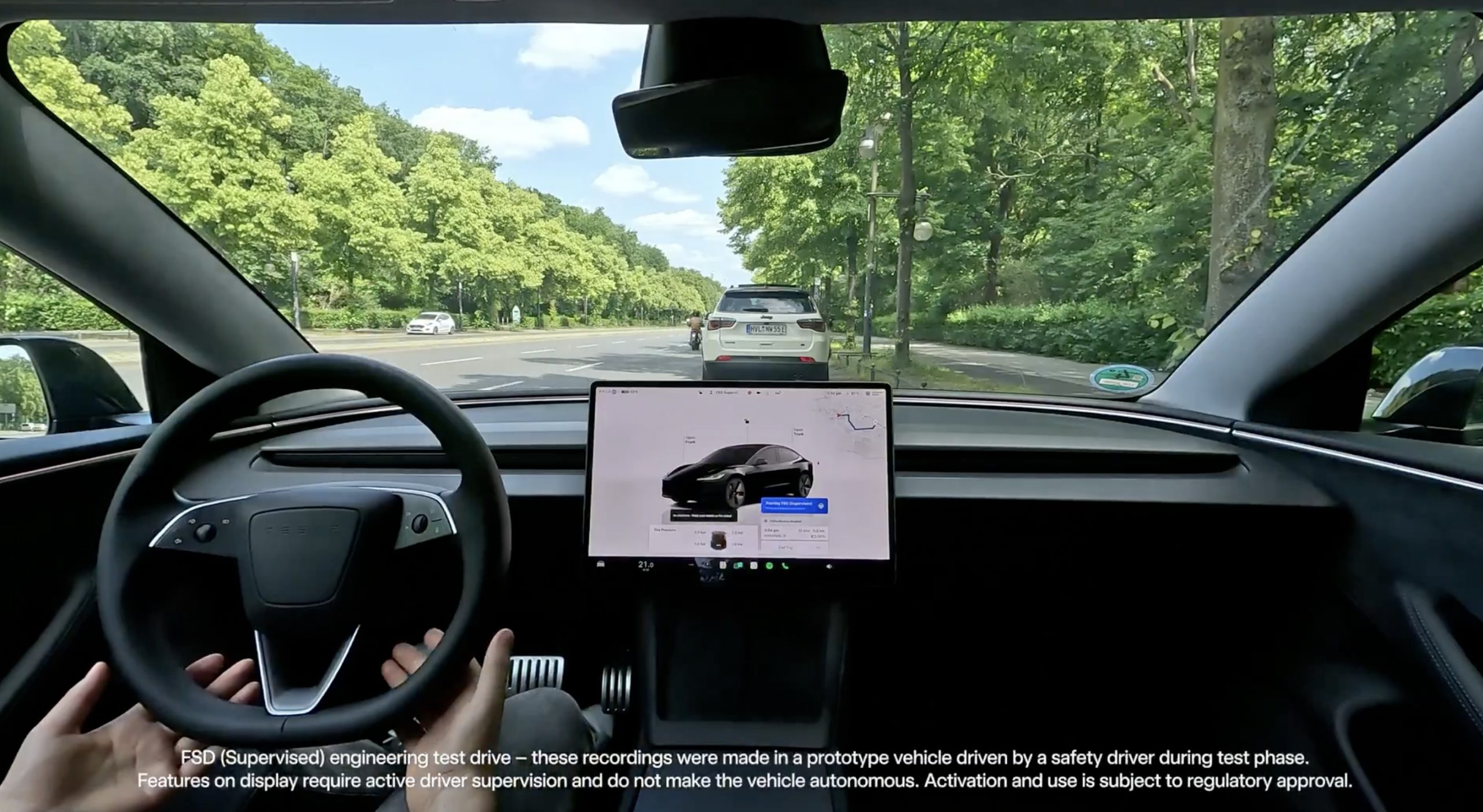
Tesla owners with access to the company’s Full Self-Driving new version, v14, which rolled out on Tuesday morning, are showcasing some of the very impressive improvements that have arrived.
CEO Elon Musk called v14 “sentient” a few weeks ahead of its rollout, claiming the newest iteration of the company’s Full Self-Driving platform would be the most accurate to date.
Tesla FSD (Supervised) V14.1 with Robotaxi-style dropoffs is here
It was obvious this narrative had Tesla owners keeping their expectations high, as there were very evidently things that needed to be improved upon that were present in v13. I wrote about several improvements I was hoping to see, and based on the release notes for v14, Tesla did have these things in the works already.
Some of the big things that Tesla faced head-on with the development and release of v14 were navigating in parking garages and handling parking after arriving at a destination.
Tesla said it was working to increase the capabilities of Summon within parking garages, as many owners believe that is where it would be the most beneficial.
While that does not appear to be part of this initial v14 rollout, it does seem Tesla is focused on improving the suite’s ability to navigate through these garages, including stopping for a ticket to enter the facility, finding a spot, and parking in an appropriate space.
It was evident this was a huge improvement based on one example from an owner who received v14:
FSD v14 navigates parking garages really well. Here’s a full clip of it leaving a parking spot, going through the garage, waiting for me to put the ticket in, and exiting.
Almost feels like it can read the signs above to go find the exit, with a complex garage here.@Tesla_AI pic.twitter.com/fv9j6LNcp6
— Zack (@BLKMDL3) October 7, 2025
If you look closely, you will even see the car shift slightly to the right when it arrives at the ticketing station, making it easier for the driver to hand over their ticket and payment. It then moves back out to the right when leaving to return to the center of the lane. It’s very intuitive.
Additionally, it appears to be more accurate when parking, thanks to improvements that enable owners to select the type of parking upon arrival at a destination.
In the v14.1 release notes, Tesla said that it has added “Arrival Options for you to select where FSD should park: in a Parking Lot, on the Street, in a Driveway, in a Parking Garage, or at the Curbside.”
One owner chose to navigate home and chose a garage to park in. Full Self-Driving performed it without any issues:
Not only can FSD 14.1 pull into my gravel driveway (no version before has done this) it can pull into the garage. pic.twitter.com/pweI5JKWHD
— Dirty Tesla (@DirtyTesLa) October 7, 2025
These are just two evident improvements so far, and there are likely many more on the way. The changes and fixes will be tracked by anyone with access to FSD v14 in the coming weeks.
-
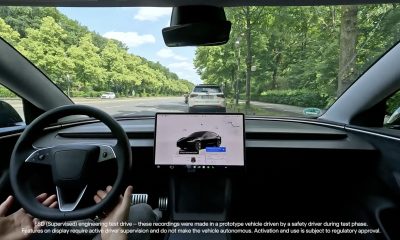
 Elon Musk2 weeks ago
Elon Musk2 weeks agoTesla FSD V14 set for early wide release next week: Elon Musk
-
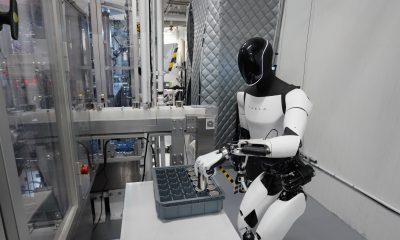
 News2 weeks ago
News2 weeks agoElon Musk gives update on Tesla Optimus progress
-
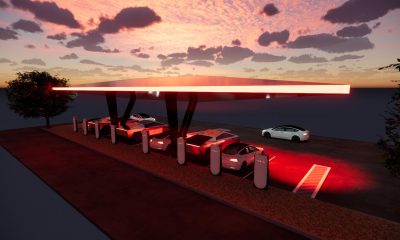
 News2 weeks ago
News2 weeks agoTesla has a new first with its Supercharger network
-
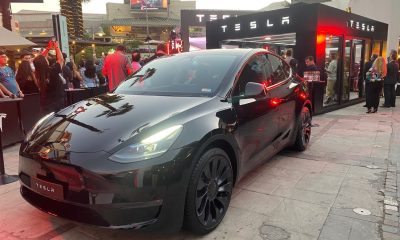
 News2 weeks ago
News2 weeks agoTesla job postings seem to show next surprise market entry
-
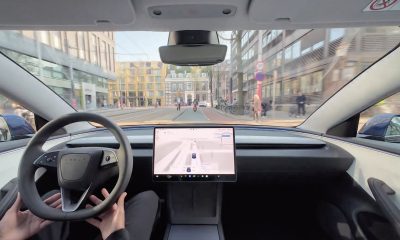
 Investor's Corner2 weeks ago
Investor's Corner2 weeks agoTesla gets new Street-high price target with high hopes for autonomy domination
-

 Lifestyle1 week ago
Lifestyle1 week ago500-mile test proves why Tesla Model Y still humiliates rivals in Europe
-
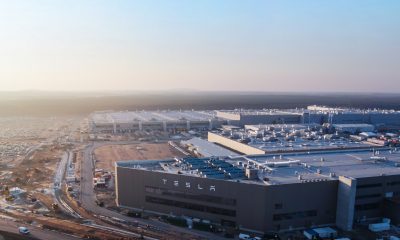
 News1 week ago
News1 week agoTesla Giga Berlin’s water consumption has achieved the unthinkable
-
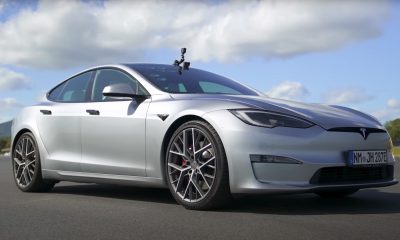
 Lifestyle1 week ago
Lifestyle1 week agoTesla Model S Plaid battles China’s 1500 hp monster Nurburgring monster, with surprising results




